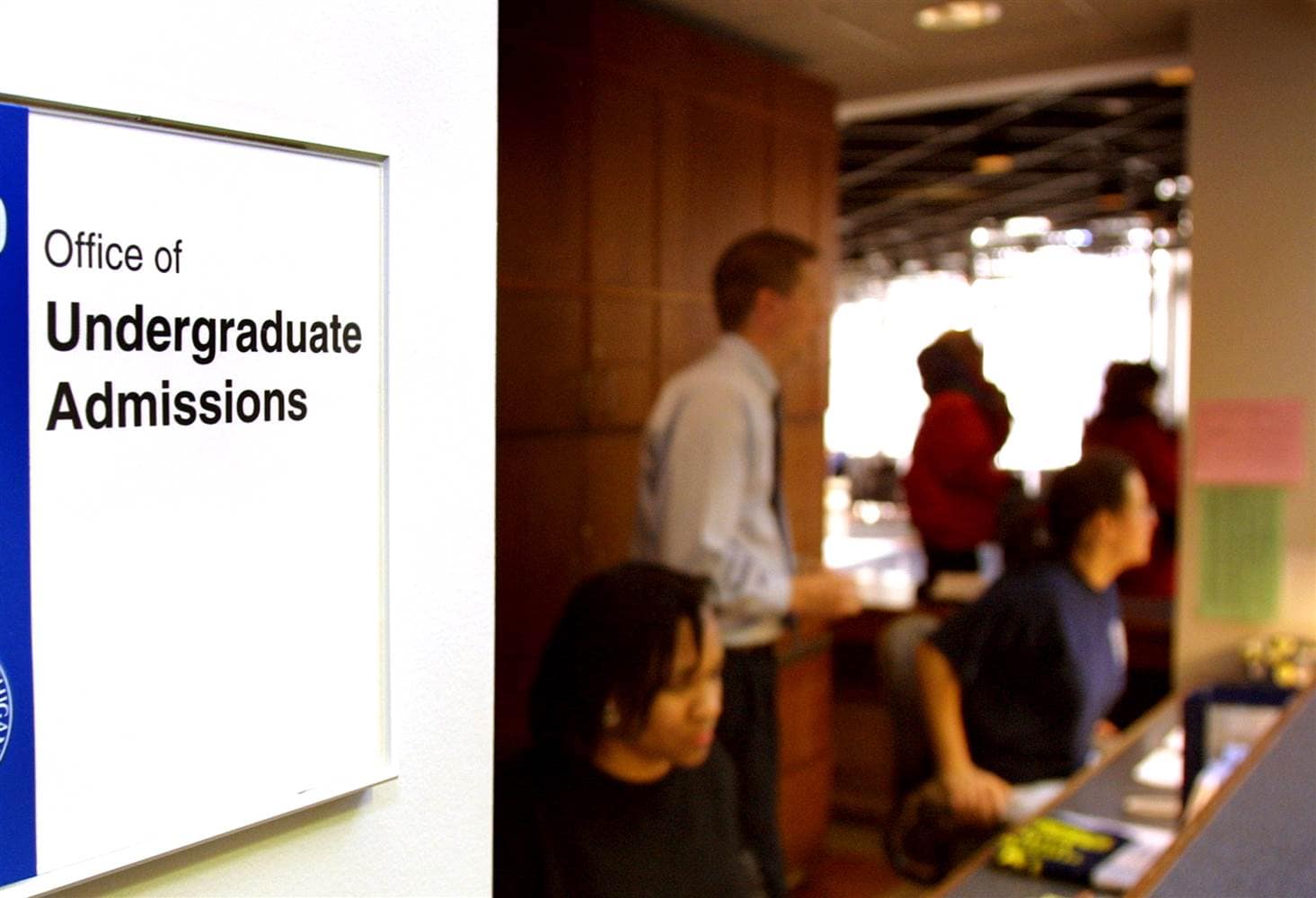
College admissions wasn’t always this way.
There was a time—not too long ago—at colleges and universities across the nation, when a handful of faculty members gathered a few times in the spring to review applications and decide on the next year’s class. They’d peruse grades and scores on entrance exams or standardized tests, review letters of recommendation and perhaps some notes on an interview, while a few administrative staff, maybe a handful of secretaries, would process the paperwork and send out the letters.
Those days are long gone. Nowadays, at any school in America, you’re going to find a highly professionalized office of admissions, complete with several admissions officers, large gathering rooms with flat screen TVs for tours, and a well oiled administrative machine that takes in and processes hundreds if not thousands of applications. Cranking out promotional brochures and videos, recruitment emails, and communications with high schools, the admissions process has a reach across the country and around the world. The complexity of some of these admissions operations is as breathtaking as it is mysterious to the average college applicant.
How did it come to this? How did the once simple, faculty-driven college application process become so highly professionalized? Several factors have driven the professionalization train in college admissions:
- The rise of administration in higher education. College admissions isn’t alone in its push toward professionalization—colleges and universities have seen a dramatic increase in the number of professional college administrative staff across the board over the last several decades. In fact, many believe that the meteoric rise in college tuition is largely attributable to the exponential growth in non-academic administrative staff. As educational institutions have grown and advanced, they have turned to professionals to handle things that were previously handled by academics. Some have decried this as the “corporatization” of higher education, while others hail the efficiencies inherent in the new model and the freedom from administrative burdens it affords academics. Seen through this lens, the professionalization of admissions is merely a function of admissions keeping pace with the overall increases in the professionalization of college administration.
- The increase in applications. There is no question that the sheer number of college applications has been rising steadily for decades. As we discussed in our last post, this is all part of the historic arc of institutions of higher education moving from elites-only club status to the open-to-all qualified applicants mode with which we’ve all become familiar. The numbers are staggering. For example, from 2001 to 2008 alone, private, non-profit colleges experience a 70 percent increase in the number of applications. Harvard University processes more than 25,000 applications every year. Any given admissions officer reads hundreds or even thousands of applications every year. No handful of faculty could handle numbers like this—such numbers require professional help.
- The fading of the faculty. The first two factors, along with others, have substantially reduced faculty participation in admissions decisions. Academics remain involved in many schools admissions processes, sitting on committees, reviewing applications that admissions staff have culled using cut-off criteria such as grades and test scores, and advising admissions offices on policies, standards, and values. But many schools—especially public universities—have nudged faculty completely out of the admissions game, except for a few specialties, leaving the admissions process solely in the hands of admissions professionals.
- The many moving parts. The college admissions process has moved far beyond simple application and acceptance. College admissions now involves marketing to students and high schools in print and video; tours and visits; alumni interviews; multiple standardized and subject matter tests; holistic admissions criteria; multiple schools, departments, and specialties, and many levels of communication with students, parents, high schools, and other constituencies. These many moving parts require colleges to hire specialized professionals.
So what do these professionalization factors mean for today’s college applicant? First, understanding them helps demystify the college admissions process and provides insight into how admissions really works. Second, the factors can arm students with questions about the schools they’re applying to, so they can design their applications to better suit the admissions structure of the school they’re applying to. And third, the factors can help students gravitate toward schools that have admissions processes that play to their own strengths.
What this means is that a student applying to a “UC” school in California should know that scores and grades get the most weight in the admissions processes by a wide margin, and there is little reason to tailor an application to a faculty audience. By contrast, students applying to Caltech—at least, those whose scores and grades get them over the admissions threshold—to keep in mind the faculty perspective on admissions and focus their applications on demonstrated passions for math, science and engineering.
But every student these days should know that at the other end of every application they send out is an admissions professional who is inundated with hundreds of applications every year, and trained to pick out of those many applications the few that warrant a closer look. It is these professionals who need to be convinced that an applicant is a good fit for their institution. While college admissions wasn’t always so professionalized, it is now, and the wise college applicants of today strive to understand their audience of college admissions professionals and the institutional values of the colleges they represent.
This piece is part of a series of blog posts for the Western Association of College Admissions Counseling (WACAC) that takes a deeper-than-usual dive into the college admissions process. It is the second of five.


